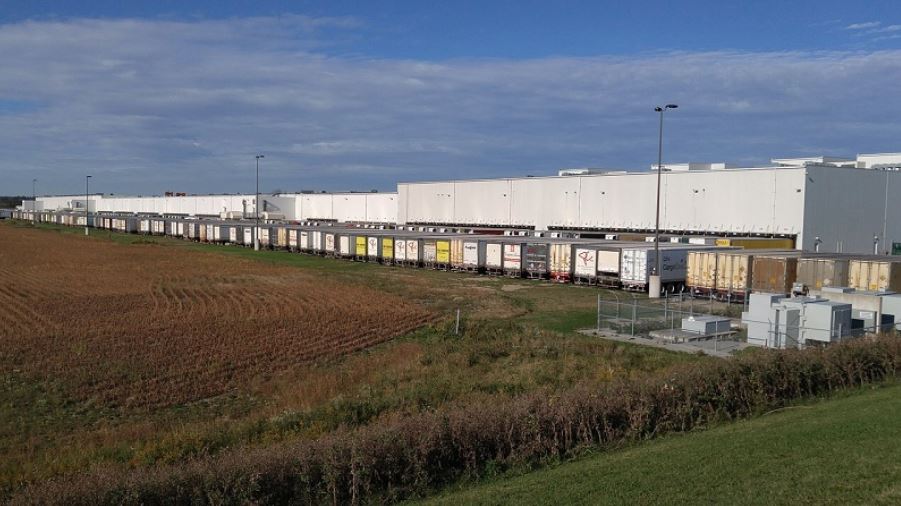The Austin multifamily market continues to demonstrate resilience and attractive investment opportunities, despite challenges posed by a variety of factors. Geopolitical pressures, capital markets instability, recession fears, oversupply, softening apartment fundamentals and sector-specific job layoffs have influenced the market dynamics. In response, operators have shifted their focus from true rent growth to retaining residents and enhancing asset management and operations.
According to analysis by Institutional Property Advisors, Austin is experiencing an incoming supply wave, leading to an elevated pace of new unit additions. This surge in supply is expected to have a near-term impact on vacancy rates, raising them from the record lows reached in the first half of 2022. However, Austin’s population growth remains strong, with the metro projected to have the highest year-over-year inventory change since at least 2000. The influx of younger residents, particularly in the 20 to 34 age cohort, who are historically inclined to rent due to Austin’s heightened homeownership costs, will contribute to long-term property performance and validate the ample construction pipeline. Despite the temporary pressure on vacancy rates, Austin is still projected to outperform most other major markets in terms of net absorption in 2023.
Berkadia Senior Managing Director Kelly Witherspoon acknowledges the prevailing challenges in the market.
“The general tenor this year is hanging on to what you have,” he said. “I do believe true rent-growth is a secondary focus for most operators right now, rather, focused on retaining residents with a stronger eye on asset management and operations.”

Witherspoon expresses gratitude for Berkadia’s holistic culture and growth, emphasizing the firm’s commitment to exceptional service and integrity.
“In Central Texas and Austin, we’ve created an amazing culture and will continue to provide our clients exceptional service with integrity, honesty and grit,” he said.
Berkadia’s expertise spans various property types, serving both institutional and private firms. From lease-up developments to older vintage value-add assets and land, Berkadia’s comprehensive capabilities make them a formidable player in the Austin market.
The company recently concluded a successful campaign for a larger, well-located 1990s vintage community in Austin that had never undergone a programmatic renovation.
“It had been owned for over 25 years, incredibly rare in Austin, and we had tremendous activity,” shared Witherspoon. “We had over 50 tours, over 30 offers and 500 confidentiality agreements executed.”
This exceptional response highlights the high demand for value-add opportunities in the market. Investors are keen to acquire properties with potential for rent premiums post-renovation, particularly in well-preserved assets from the 2000s to 2010s.
While there is still a thinner competitive pack at the top of the market, there are significant opportunities for investment.
“There were many campaigns in 2022 that didn’t materialize into transactions, which is incredibly rare for Austin,” Witherspoon explained. “In 2023, we’ve had very few of them, mainly due to sellers understanding the market is different.”
Although there is a bid-to-ask spread, indicating a difference in price expectations between buyers and sellers, the market still attracts numerous interested buyers. Austin’s multifamily market continues to be an appealing destination for investors seeking long-term growth and stability.
“It continues to be a competitive environment in Austin,” said Institutional Property Advisors Senior Managing Director of Investments Kent Myers. “We’ve had increased levels of transaction level activity and are starting to see institutional interest back in the market.”

Myers highlights the substantial number of units currently under construction, leading to a considerable supply wave. Nevertheless, the market’s resilience is underpinned by Austin’s robust job growth and the current decline in permitting activity currently a -27% decrease year over year.
As the market continues to evolve, lower-cost areas are poised to receive increased demand. Austin’s strong net in-migration has benefitted outer cities that connect the market to San Antonio, resulting in an intertwined metropolitan area. San Marcos, for instance, boasts a vacancy rate lower than the overall metro and the lowest mean effective rent, showcasing the appeal of well-connected and cost-efficient locales. Additionally, urban areas with limited development pipelines, such as Northwest Austin, are well-positioned for growth. The upcoming Phase 2 of Apple’s campus in September is expected to create high-paying jobs, which will benefit Class A and B rentals in the area.
“Given the job growth in Austin and in-migration that we’re continuing to see, the market’s been extremely resilient,” Myers stressed. Even with the heightened level of supply previously referenced, we expect Austin to end the year with rent growth numbers slightly below 3%.
While challenges persist, the Austin multifamily market remains resilient and opportunities for investment abound. Firms including Berkadia and Institutional Property Advisors recognize the shifting dynamics of the market and are adapting their strategies to retain residents and optimize asset management. As Austin continues to experience robust population growth and net in-migration, the multifamily sector is poised for long-term success. The combination of ample construction, favorable demographic trends and the appeal of lower-cost areas indicates a promising outlook for the market.









